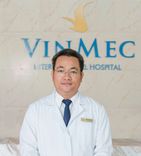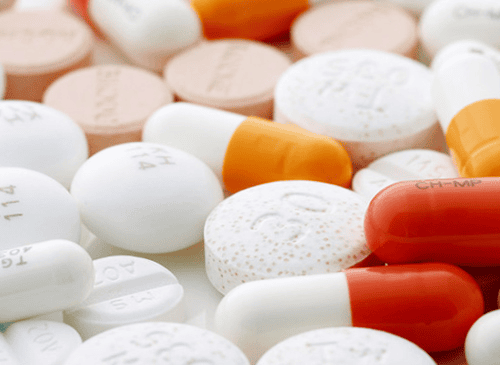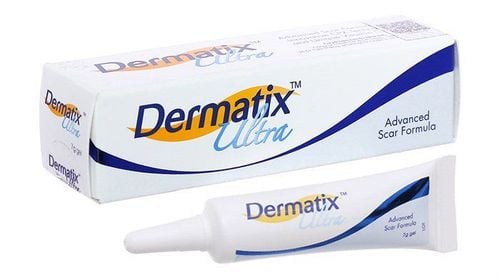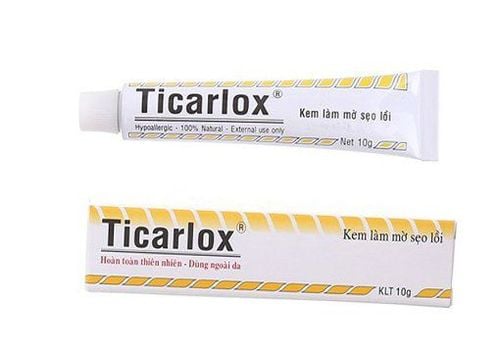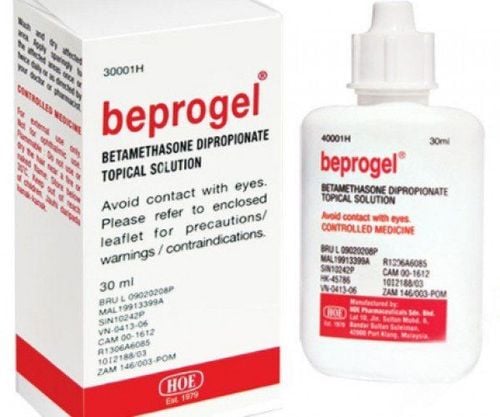This is an automatically translated article.
The article is professionally consulted by Master, Doctor Le Quang Minh - Orthopedic Doctor - Department of General Surgery - Vinmec Danang International General Hospital.
The wound healing process is the healing of the skin with a particularly important role, the quality of skin scar healing not only affects the function of the organs but also determines the aesthetics.
1. Wound healing
Skin is one of the largest organs of the body, also known as the layer that protects the internal organs from invasion and direct impact from the outside.When the skin is injured, the natural process of the skin is to create a series of complex biological reactions that take place, or the process of interaction between cells to regenerate the epidermis and skin tissue from which the wound will heal. gradually recovered.
There are 2 types of scar healing on the skin:
Normal skin scar healing Pathological scar healing: including hypertrophic and keloid scars
2. Wound healing process
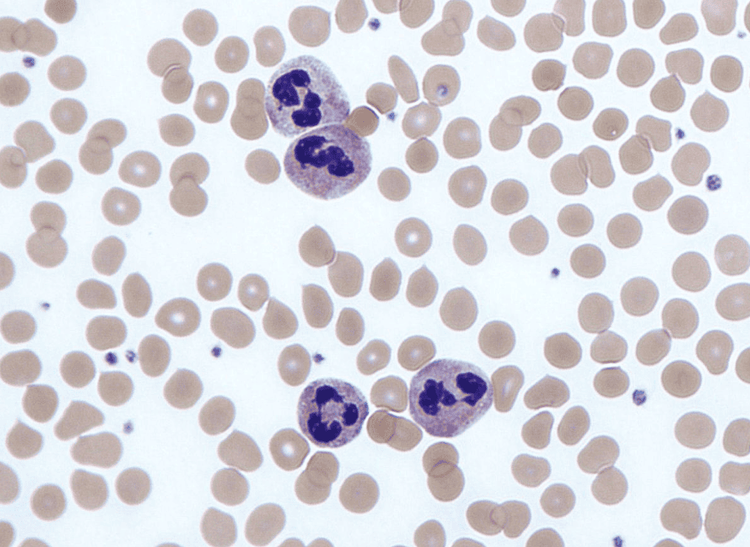
2.1 Hemostasis and Inflammatory Phase The hemostasis and inflammatory phase usually lasts from a few hours to 4 days, although it may take longer for chronic wounds. The main cells involved in this process include:
Platelets Neutrophils Macrophages Hemostasis and inflammation lead to important influences such as active ECM extracellular matrix formation and secretion, replenish inflammatory cells, form fibroblasts and endothelial cells.
After the blood vessel at the wound is broken, a blood clot forms, forming a temporary extracellular substance to seal the wound, reduce blood loss and create an active substance capable of attracting cell migration. another to join at the wound site. Inflammatory cells are secreted by platelets and the wound is cleaned by phagocytosis.
2.2 Proliferation This phase usually lasts from 1 to 3 weeks, with the involvement of fibroblasts and Keratinocytes. The proliferative phase consists of 3 main processes:
Reconstruction phase. Up granular tissue. Epithelization. The stage of granulomatosis, also known as the formation of new blood vessels, is due to the proliferation of endothelial cells combined with fibroblasts. After the extracellular space is regenerated, some active substances inside the skin epidermis will degrade and synthesize a new type of extracellular matrix called Matrix Metallo - a protein that helps to clean the wound.
To the process of re-epithelialization, the conversion of fibroblasts into fibroblast muscle. Their function is to arrange the extracellular space to bind the wound. This process begins at the edges of the wound and its appendages and then enters the main area of the wound gradually. This is why wounds often begin to itch around the edge of the skin as it heals.
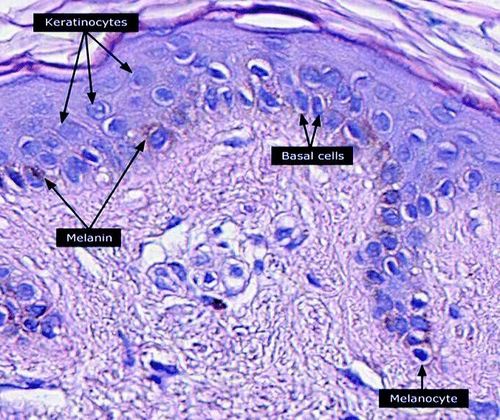
2.3 Regenerative Phase The main components involved in the regenerative phase include macrophages and fibroblasts. The fusion of fibroblasts and extracellular matrix with newly migrated cells culminates in about 3 months to 1 to 2 years when the wound begins to heal and leave a scar.
The regenerative phase occurs during the organization of new extracellular spaces by the fibroblast muscle. These cells bind to microfibrillar bundles resulting in a new tight association. At this time, the biological reaction also secretes a series of new active ingredients to help increase the density and stabilize the substrate, increase resistance.
Along with that, the process of modifying the percentage of collagen is also done to form collagen I and collagen III. After that, fibroblasts will be decomposed, synthesizing healthy extracellular spaces, contributing to rapid wound healing.
3. Notes in the wound healing process
The wound healing process can leave scars, self-medication can leave larger scars or cause infection. Therefore, during the process of wound healing, the patient should not arbitrarily use any medicine applied to the wound without the guidance of a doctor, especially folk remedies that will easily cause complications. dangerous symptoms and infections.
However, patients should not be too worried because now there are many special drugs that effectively fade scars. The most important thing is still to take care of the wound and avoid vigorous activities or too much movement at the wound during the healing process, so that the wound heals quickly.
Taking time to rest and complying with the correct treatment from the doctor will be the best measure to help the healing process take place quickly.
In summary, the wound healing process occurs in three stages, which is a close combination of factors that create a biological response to increase the movement of necessary cells under the epidermis. skin close to the wound site, then grow and regenerate damaged skin tissue.
During the wound healing process, absolutely do not arbitrarily use topical drugs to avoid complications and the risk of infection. In addition, when there are signs of infection such as swelling, heat, redness, pain in the wound area, it is necessary to go to a medical facility for examination and timely intervention measures.
Please dial HOTLINE for more information or register for an appointment HERE. Download MyVinmec app to make appointments faster and to manage your bookings easily.
